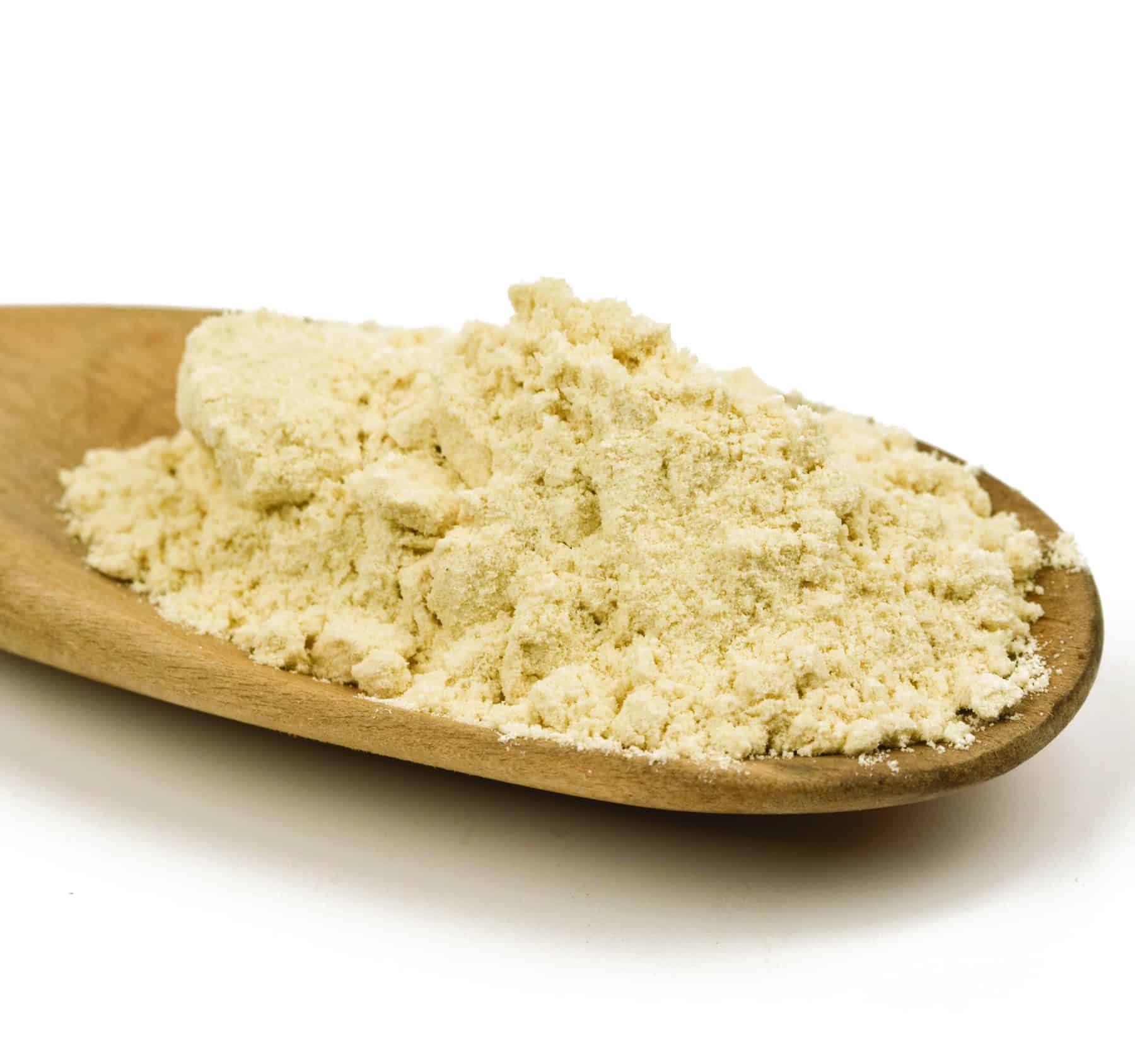Introduction to Seitan
Seitan has been a staple in Asian cuisine for centuries, particularly in vegetarian Buddhist diets. It is made by kneading wheat flour dough under water to remove the starch, leaving behind a gluten-rich protein. The resulting seitan has a chewy, meat-like texture and can be seasoned and prepared in various ways, making it a versatile ingredient in vegetarian cooking.
Nutritional Profile of Seitan
Seitan is primarily composed of gluten, which is a high-protein substance. Here’s a brief overview of the nutritional profile of seitan per 100 grams:
- Calories: Approximately 370 calories
- Protein: Around 75 grams
- Carbohydrates: About 13 grams
- Fat: Minimal, usually less than 1 gram
- Fiber: Varies, but typically low
- Vitamins and Minerals: Contains small amounts of iron, calcium, and other minerals
Health Benefits of Seitan
Seitan offers several potential health benefits, including
High Protein Content
Seitan is an excellent source of protein, making it a suitable meat substitute for vegetarians and vegans.
Low in Fat and Carbs
Seitan is naturally low in fat and carbohydrates, making it a suitable option for those following low-carb or low-fat diets.
Versatile and Flavorful
Seitan can be seasoned and prepared in various ways, making it a versatile ingredient in vegetarian cooking.
May Aid Weight Loss
Due to its high protein content and low calorie density, seitan may help promote satiety and support weight loss efforts when included as part of a balanced diet.
Considerations and Drawbacks
While seitan offers many benefits, there are some considerations and drawbacks to be aware of:
Gluten Sensitivity
Individuals with celiac disease or gluten sensitivity should avoid seitan, as it contains gluten, which can trigger adverse reactions.
Nutrient Deficiencies
Seitan may lack certain essential nutrients found in whole grains and legumes, such as fiber, vitamins, and minerals. It’s essential to consume a varied diet to ensure adequate nutrient intake.
Processing Methods
Some commercially prepared seitan products may contain added sodium, preservatives, and flavorings. Opt for homemade or minimally processed varieties when possible.
Digestive Issues
Some individuals may experience digestive discomfort, such as bloating or gas, after consuming seitan, particularly if they have sensitivities to gluten or high-protein foods.
How to Incorporate Seitan into Your Diet
Seitan can be used in a variety of dishes to add protein and texture. Here are some ideas for incorporating seitan into your diet
Stir-Fries
Add sliced seitan to vegetable stir-fries for a protein boost.
Sandwiches and Wraps
Use seitan slices or strips as a filling for sandwiches and wraps.
Soups and Stews
Add diced seitan to soups and stews for added protein and texture.
Grilled or Pan-Seared
Marinate seitan in your favorite sauce and grill or pan-sear for a flavorful main dish.
Salads
Toss sliced seitan with greens, vegetables, and dressing for a protein-packed salad.
FAQs
Is seitan suitable for individuals with gluten intolerance or celiac disease?
No, seitan contains gluten and is not suitable for individuals with gluten intolerance or celiac disease.
Can seitan be used as a complete protein source?
While seitan is high in protein, it does not contain all essential amino acids. Pairing seitan with complementary protein sources, such as legumes or grains, can help create a complete protein meal.
Is seitan high in sodium?
The sodium content of seitan can vary depending on the brand and preparation method. Some commercially prepared seitan products may contain added sodium, so it’s essential to check the nutrition label.
Can seitan be frozen?
Yes, seitan can be frozen for later use. Store it in an airtight container or freezer bag and thaw before using.
Is seitan considered a processed food?
Seitan is considered a processed food since it undergoes several steps to extract gluten from wheat flour. However, homemade or minimally processed varieties are preferable to highly processed versions.
Can seitan be part of a weight loss diet?
Seitan can be part of a weight loss diet when consumed in moderation as part of a balanced meal plan. Its high protein content and low calorie density can help promote satiety and support weight loss goals.
Are there any potential side effects of consuming seitan?
Some individuals may experience digestive discomfort, such as bloating or gas, after consuming seitan, particularly if they have sensitivities to gluten or high-protein foods.
Conclusion
Seitan, or vital wheat gluten, is a high-protein meat substitute commonly used in vegetarian and vegan diets. While seitan offers several health benefits, including being rich in protein and low in fat and carbs, it may not be suitable for individuals with gluten intolerance or celiac disease. By understanding its nutritional profile, potential benefits, and considerations, you can decide whether seitan is a suitable addition to your diet. As with any food, moderation and variety are key to maintaining a balanced and nutritious diet.
- STYLE INSIDER – GRACE BELGRAVIA’S KATE PERCIVAL - April 23, 2024
- Is It Safe to Eat Moldy Bread? - April 23, 2024
- Is Seitan (Vital Wheat Gluten) Healthy? - April 23, 2024

